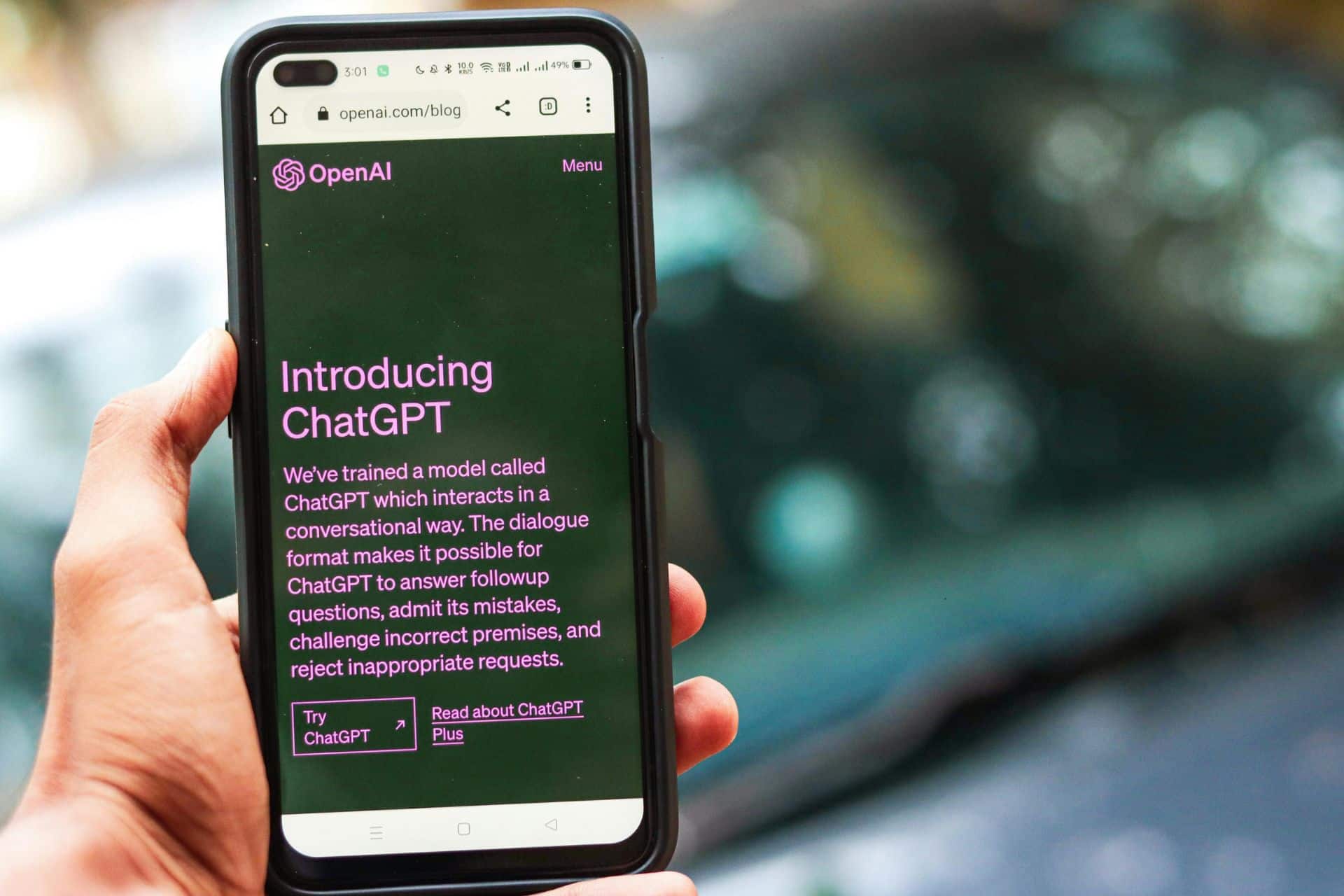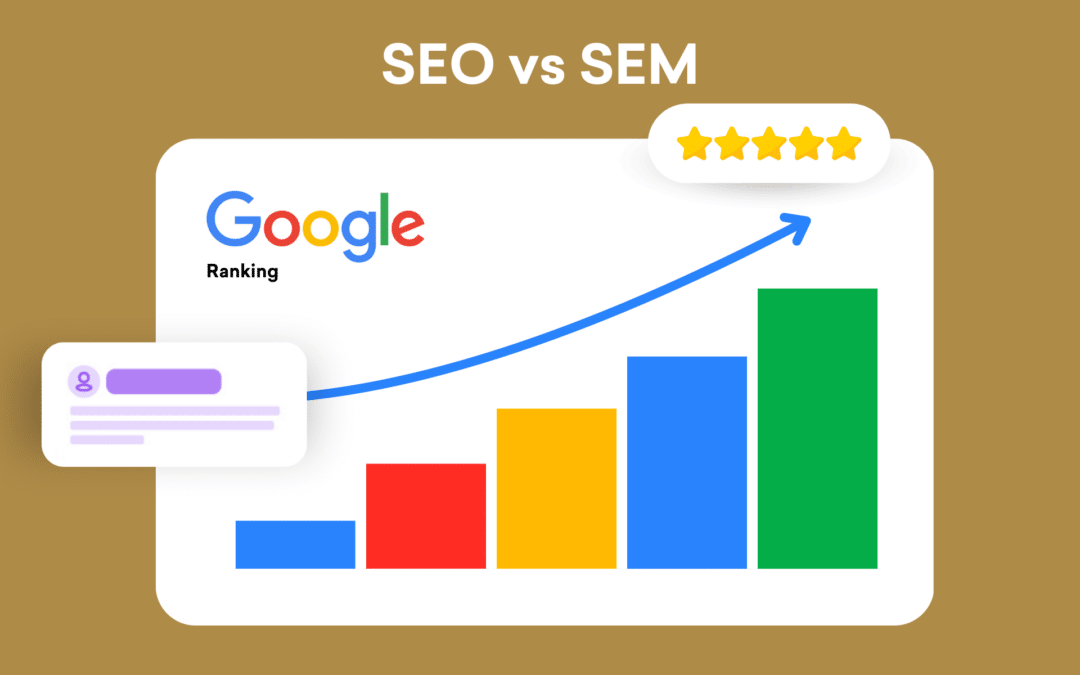Every law firm knows it needs to publish high-quality content. A strategic blog builds authority, attracts ideal clients, and drives revenue. Yet, the primary obstacle remains the same: time. Lawyers are experts in the law, not necessarily in content production, and every hour spent writing is an hour not spent on billable work. Now, artificial intelligence has entered the scene, promising a revolution in blog creation for law firms.
But AI is not a magic wand. Simply turning a tool on does not guarantee success. The critical question is not if you should use AI, but how you should integrate it into your workflow. To succeed, you must choose the right model of content creation for your firm’s goals, resources, and time.
This article explores four distinct models for creating law firm blogs in the AI era, from the purely traditional to a fully managed service, helping you decide which path will deliver the best return on your investment.
The Modern Law Firm’s Content Dilemma
The demand for content that demonstrates genuine Experience, Expertise, Authoritativeness, and Trustworthiness (E-E-A-T) has never been higher. Potential clients are looking for credible answers to their urgent legal questions. This means your blog cannot be an afterthought; it must be a core component of your marketing strategy, filled with accurate, insightful, and well-written articles. This creates a significant challenge: how do you consistently produce expert-level content without derailing your practice?
Model 1: The Traditionalist – The Lawyer Writes Everything
This is the classic approach. A lawyer, typically a partner or associate, personally writes each blog post.
- The Pros: Unmatched Authenticity and Control
The biggest advantage is authenticity. The content comes directly from the expert, infused with their unique voice, real-world experience, and nuanced understanding of the law. The E-E-A-T is baked in from the start, and the firm maintains complete control over the message.
- The Cons: The Billable Hour’s Worst Enemy
This model is incredibly time-intensive and therefore expensive in terms of lost opportunity. A single, well-researched blog post can take four to six hours to write and edit. For a busy lawyer, this is often unsustainable, leading to inconsistent publishing schedules and eventual burnout on the strategy.
Model 2: The DIY Assistant – The Lawyer Uses AI Tools
In this model, the lawyer still does the writing but uses AI tools like Claude 3 or GPT-4 as a personal assistant to speed up the process. They might use it to generate outlines, brainstorm ideas, or refine a clunky paragraph.
- The Pros: Boosting Efficiency and Ideas
This is a significant step up from the traditional model. AI can help overcome writer’s block and cut down the time it takes to get from a blank page to a finished draft. It’s a powerful way to make the lawyer’s personal writing efforts more efficient.
- The Cons: A New Skill to Master
The quality of AI output depends entirely on the quality of the input (the “prompt”). To get good results, lawyers must become proficient in prompt engineering and learn the strengths and weaknesses of different AI platforms. It still requires a substantial time commitment from the most expensive person in the firm—the lawyer.
Model 3: The In-House Delegate – Staff Use AI, Lawyers Approve
Here, the task of generating the first draft with AI is delegated to a marketing assistant, paralegal, or junior associate. The senior lawyer then reviews, edits, and approves the content.
- The Pros: Leveraging Your Team
This model frees up some of the senior lawyer’s time by delegating the initial, time-consuming drafting phase. It allows the firm to produce more content by utilising less expensive internal resources.
- The Cons: The Hidden Risks of Inexperience
This approach is fraught with risk. An inexperienced prompter can easily generate content that is generic, inaccurate, or subtly wrong in its legal reasoning. The AI might “hallucinate” facts or case law. This shifts the lawyer’s role from writing to exhaustive fact-checking and heavy editing, which can sometimes take longer than writing the piece from scratch. There is a high risk of poor-quality drafts that still require a massive time investment to fix.
Model 4: The Fully Managed, AI-Powered Solution
This is the most advanced and efficient model. The law firm partners with a specialist legal marketing agency that has deep expertise in both content strategy and AI automation. The agency manages the entire blog creation for law firms process, from ideation to the final draft, with the lawyer simply providing the final review and sign-off.
- How It Works: A Partnership in Content
The agency works with the firm to develop a content strategy and understand the firm’s unique brand voice and expertise. Using sophisticated AI tools and expert-level prompting, the agency’s team of legal content specialists generates high-quality drafts. These drafts are then professionally edited and optimised for SEO before being sent to the lawyer for a final, streamlined review.
- The Pros: The Best of All Worlds
- Expert AI Prompting and SEO Integration: A skilled agency knows how to prompt AI to produce nuanced, high-quality drafts and integrates SEO best practices from the very beginning.
- Minimal Time Investment for Maximum Output: This model requires the least amount of time from the lawyer—often just 15-20 minutes to review and approve a post—while ensuring a consistent and high-volume publishing schedule.
- Professional Editing and Brand Alignment: Drafts are not just AI-generated; they are professionally edited to ensure they are accurate, readable, and perfectly aligned with the firm’s established voice and brand.
- Scalability and Consistency: An agency can scale content production up or down as needed, ensuring your blog remains active and effective without any internal strain.
- The Cons: Requires Trust and Investment
This model requires a financial investment and a level of trust in your marketing partner. Choosing the right agency with proven expertise in both legal marketing and AI is crucial for success.
Comparing the Models: Which Path Is Right for Your Firm?
| Model | Lawyer Time | Output Quality | Consistency | Cost |
| 1. Traditionalist | Very High | Very High | Low | High (Opportunity Cost) |
| 2. DIY Assistant | High | Variable | Low-Medium | Medium (Subscription + Time) |
| 3. In-House Delegate | Medium-High | Low-Variable | Medium | High (Staff Time + Risk) |
| 4. Fully Managed | Very Low | Very High | Very High | Medium (High ROI) |
As the comparison shows, the Fully Managed, AI-Powered Solution offers the most compelling value proposition for most law firms. It minimises the time burden on legal professionals while maximising the quality and consistency of the content.
The Future of Legal Content is a Partnership
AI is a powerful tool, but it is not a substitute for expertise. The future of successful blog creation for law firms lies in a smart partnership: the strategic and ethical application of AI by trained professionals, guided by the final authority and insight of practicing lawyers. This hybrid approach allows you to scale your marketing efforts responsibly, build true thought leadership, and ultimately, grow your firm.
If you’re ready to stop worrying about the blog and start seeing real results from your content marketing, a fully managed solution is the answer. At Lift Legal Marketing, we specialise in exactly this—providing an AI-powered, expert-driven content service that lets you focus on what you do best. Contact us today for a free consultation.











